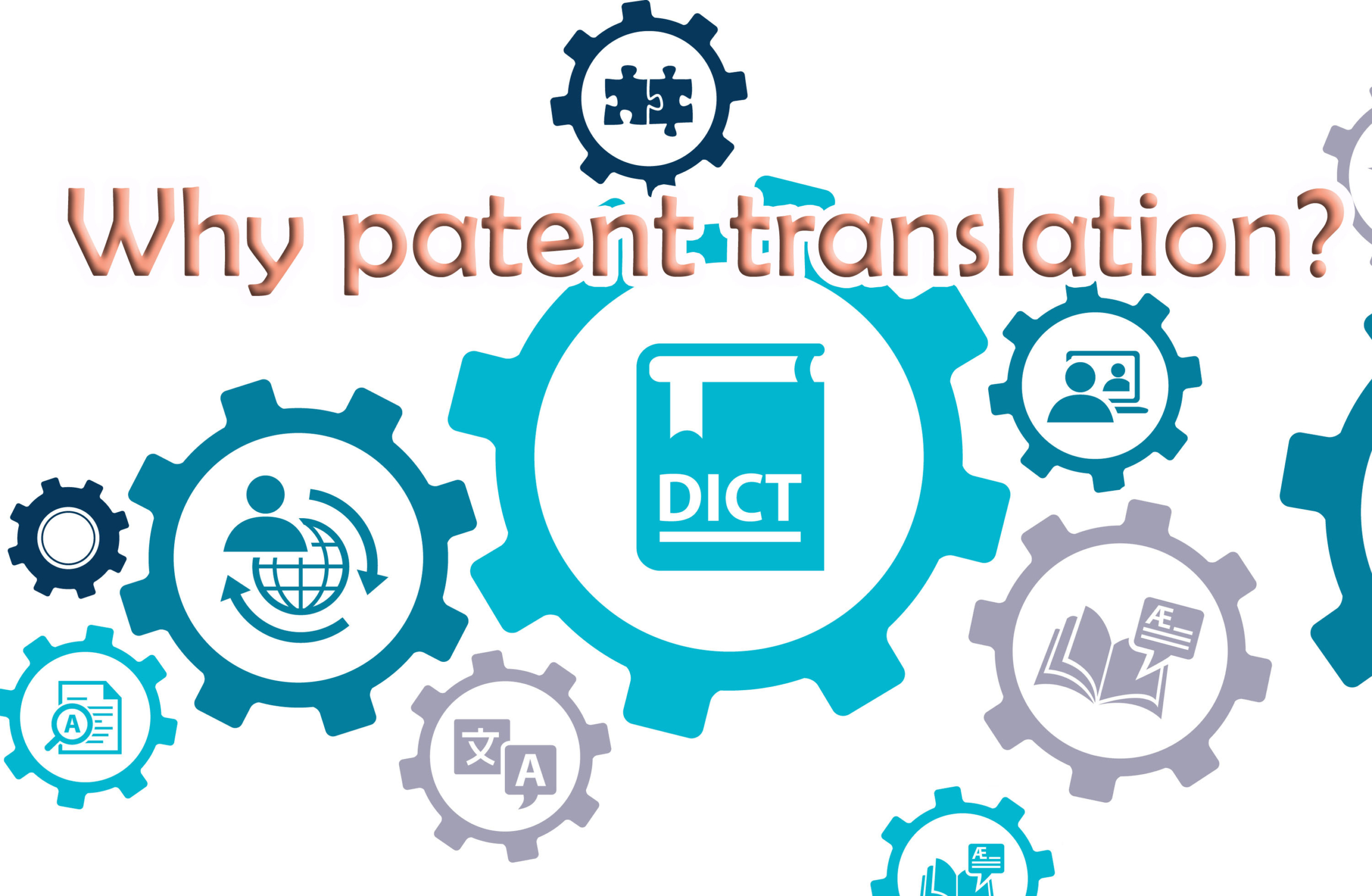As intellectual property, a patent is only useful in the advancement of technology insofar as the information it contains can be shared. Patent translation is a crucial bridge to making valuable technology and innovation available and hence useful to more people and organisations globally.
However, since patents are territorial — i.e. they are only effective in those countries where they are granted or, in some cases, groups of countries when those countries have agreed by treaty (e.g. European Patent Convention or WIPO Patent Cooperation Treaty) to recognise/accept patents granted by other nations — patent translation is a necessity if an inventor wants to obtain protection for an invention in multiple jurisdictions.
Unfortunately, there is no such thing as a ‘world patent’, and so, generally speaking, a patent has to be applied for in every jurisdiction where protection is sought. Each jurisdiction will have their own unique requirements and criteria for applying for and granting patents. One of those criteria will be the language in which the patent application is submitted.
Certain ‘streamlined’ processes are provided by international treaties for obtaining patents in multiple jurisdictions. Treaties like the European Patent Convention (EPC) or WIPO Patent Cooperation Treaty (PCT) allow an applicant to submit just one patent application with a single examining office (e.g. the European Patent Office (EPO) or the International Bureau of WIPO (Switzerland) or a regional/national office of a PCT-contracting nation (commonly referred to as the PCT receiving office)) and yet be granted a patent (patent protection) in several or all the contracting countries/nations of the relevant treaty (e.g. EPC or PCT).
Nevertheless, the European Patent Office (EPO), for instance, only allows applications in English, French or German.
For international applications under the PCT, the patent application has to be:
a) in a language which the receiving office accepts (be that a national/regional office or the International Bureau of WIPO),
b) in a language accepted by the International Searching Authority, and
c) in a publication language (Arabic, Chinese, English, French, German, Japanese, Russian or Spanish).
Even when an application is approved for grant by a regional office like EPO, the applicant will have to decide in which countries to validate their application, which will require translations into the respective national languages of those countries.
Translating patents into English
When it comes to validating an application or filing counterpart applications, the applicant’s decisions will be largely determined by where, for example, they intend to make, use or sell products that are covered by the patent. Each country will have its own language criteria for patents to be validated or filed there. In most cases, a national patent office will require patent documents (usually the patent claims as a minimum requirement) to be translated into the national or official language of the country where patent protection is sought.
It should also be no surprise that there is great demand for patent translation into English. English is the officially recognised language in many countries worldwide, even when there might be many other spoken languages in a given country. English is also the most common language for business and the de facto universal language for science. We can also see that English is a PCT publication language, an EPO application language and a widely accepted language by many International Searching Authorities. It therefore makes rational and good commercial sense to translate patent applications into English.
Patent translation is a specialist field of translation and so it is considerably difficult, if not impossible, to find patent translators for every language pair combination under the sun. Since English is such a widely used global language, it is often used as an intermediary language for translating into other national languages. For instance, a German patent translated into English could be used to translate a patent application into Kazakh or Thai. In fact, it is very common at Translating Patents for us to produce German to English translations which are used especially to this end, i.e. to translate into ‘third’ languages used for search, litigation or application purposes.

